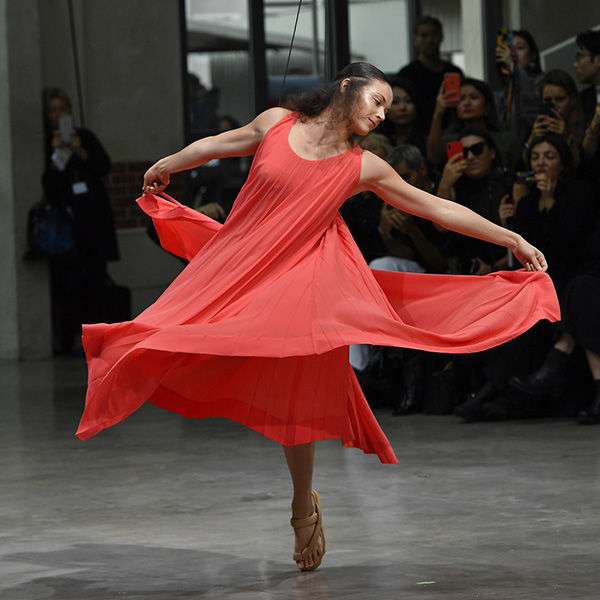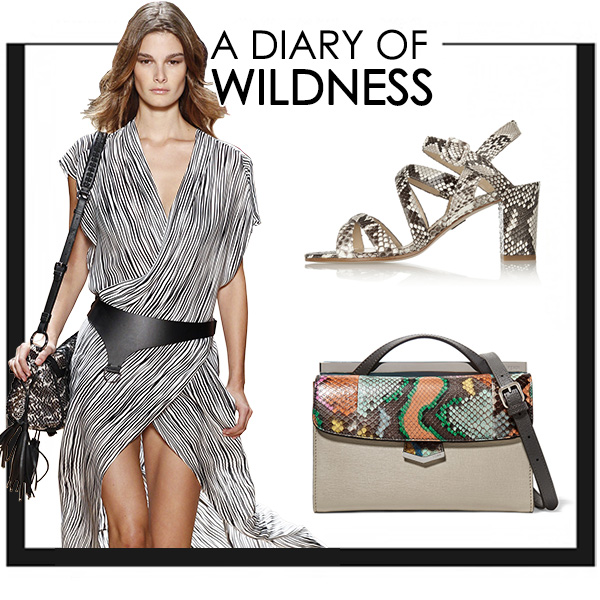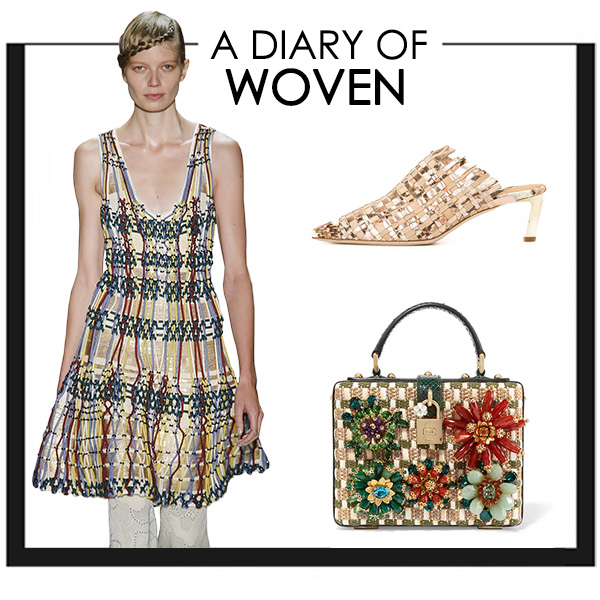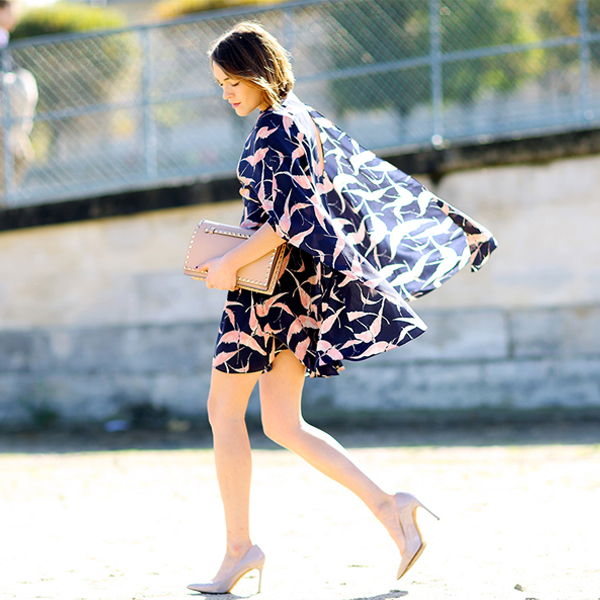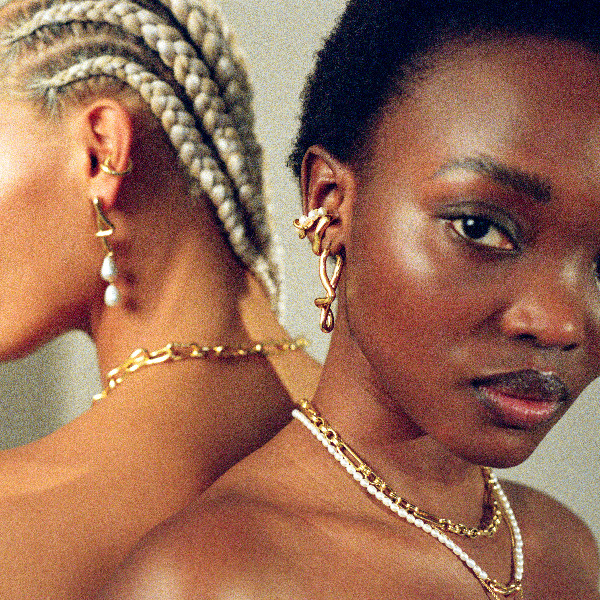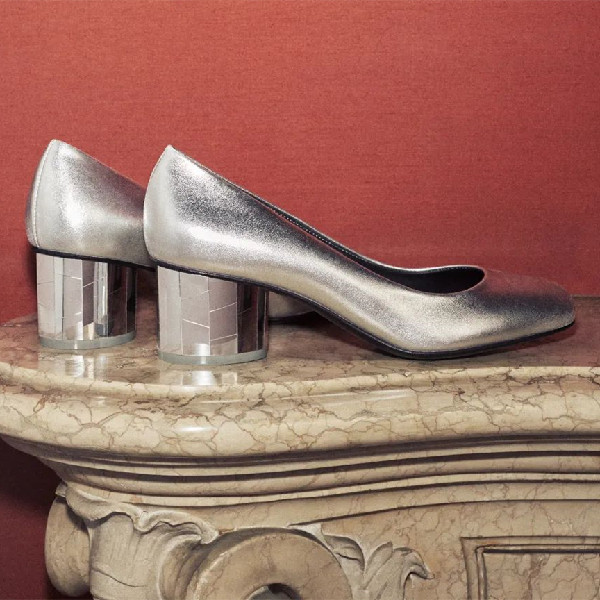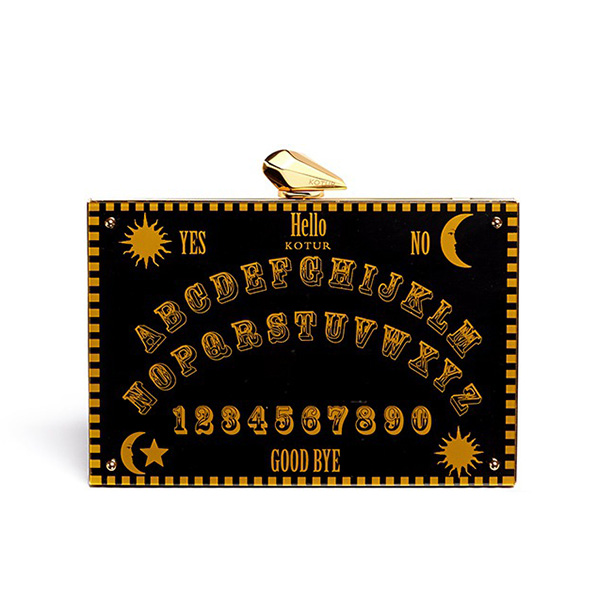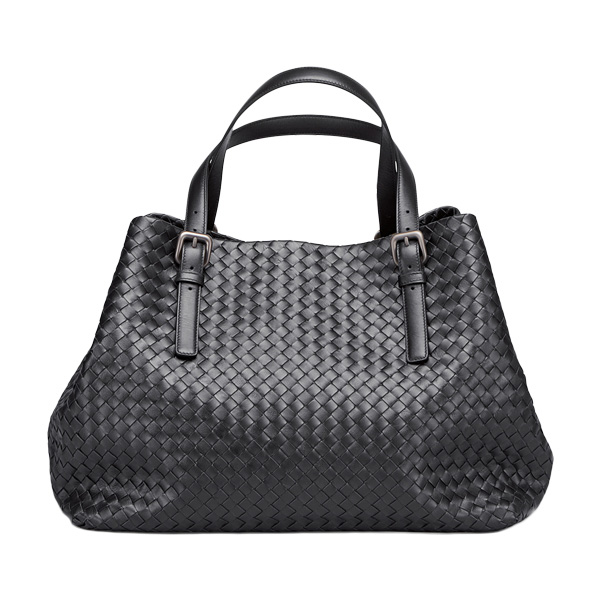敬请期待中文版
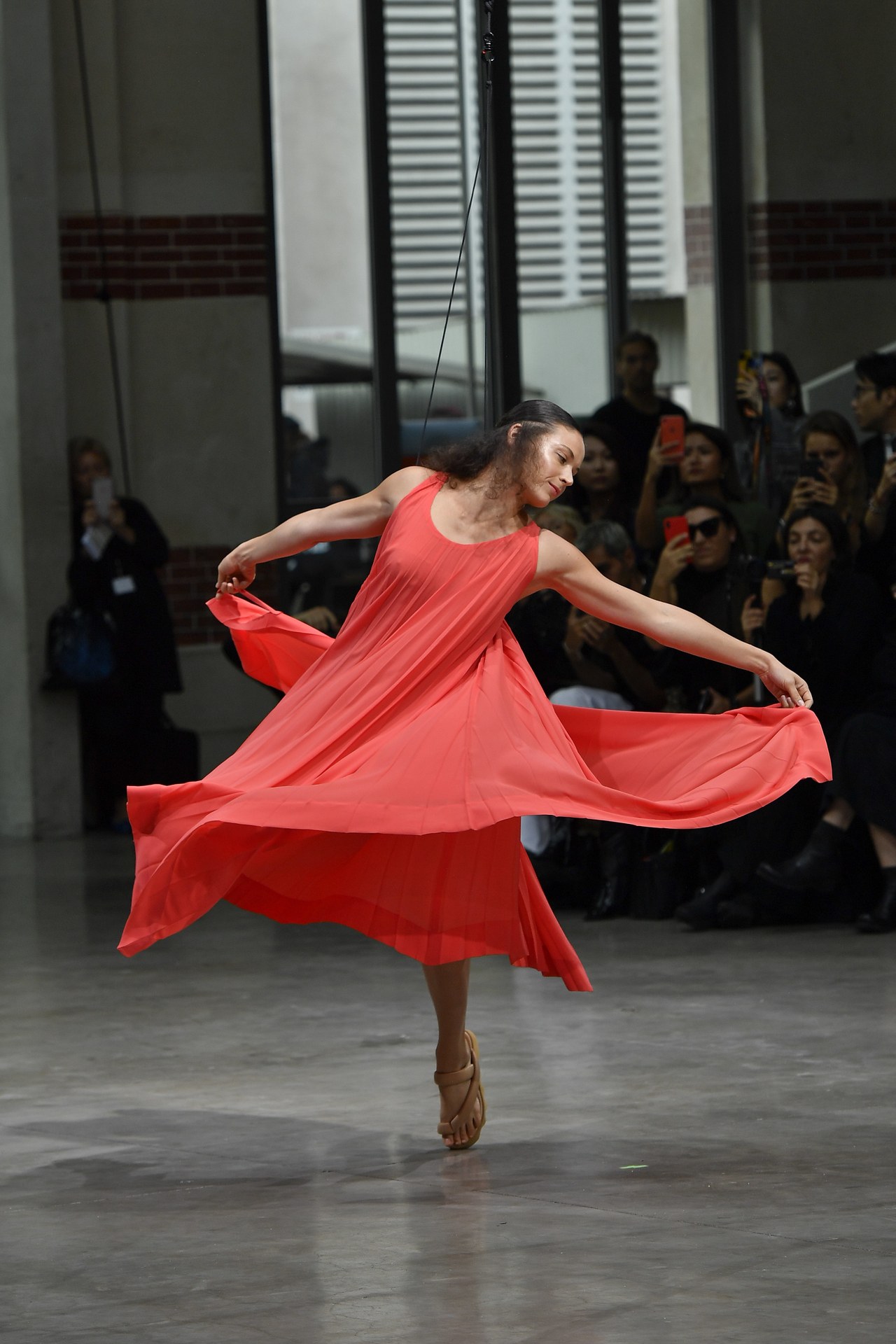
© Victor Virgile / Getty Images
The extraordinary lightness of being. Those are the words to sum up the round of shows in Paris for Spring/Summer 2020. A new decade has suggested a fresh start: apparently simple outfits where a meld of intricate cutting and feathery fabrics overtook the prints that had dominated the start of the millennium.
Although there were still plenty of flowers, it seemed that the digital patterns that dominated the first two decades of the 21st century are fading into floral effects that might be worked in lace, given a three-dimensional silken surface, or many other ways that help new treatments grow out of familiar ideas.
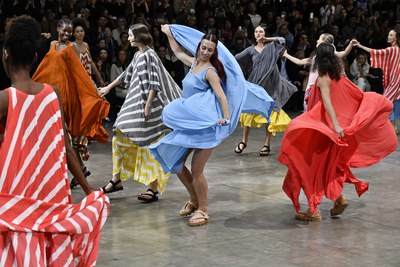
Issey Miyake, Spring/Summer 2020
© Victor Virgile / Getty Images
At ISSEY MIYAKE, new head designer Satoshi Kondo took over, sending models literally up in the air, as they rose, as if in a dance performance, from the gym floor. That felt symbolic of the new season and a fresh decade.
‘A Sense of Joy’ was the name that Kondo gave this show, which had women elevated, dancing and twirling. They might be holding hands or just walking together wearing large, woven hats – always with a sense of sisterhood.
'Tradition and innovation' were his key words, melding traditional Japanese weaving and dyeing with advanced technology. The result? Clothes – in stripes, checks or at angles across the body – that were constantly on the move in an exceptional show.
YOHJI YAMAMOTO had ‘No Future’ written on the back of his jacket. But that was surely an ironic statement in a show that was, as ever, shadowing the body with black. Yet at the same time there were black cut-outs on white dresses and bare skin between the two.
The designer is extraordinarily skilful at making clothes dance – say with a wired hemline bouncing at the ankles of a black dress – and he can even play unexpectedly with colour, as scribbled flowers and leaves appeared in a rainbow coalition of many shades.
“Creativity in the world is disappearing,” said the designer, doffing his hat. “But poetic? I was poetic!”
The THOM BROWNE show was both clever – and frustrating. As a presentation, it had all the elements of Spring/Summer 2020 – the lightness of a transparent veil, a pink and white fringed coat, a white dress – all miracles of construction and, in the current fashion spirit, of airiness.
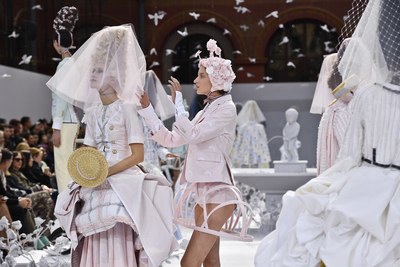
Thom Browne, Spring/Summer 2020
© Victor Virgile / Getty Images
But – and it is a big caveat – the designer cannot seem to escape from the idea of women from an earlier era, deliberately constrained by their clothes. Such a fine tailor does not need to encase women, even if Cardi B looked casual and comfortable front row. But the stage was filled with caricatures of womanhood, not least the mum in a constricting wire crinoline pushing a pram. A witty joke? Not so funny.
“It’s their secret garden, taking that 18th-century reference and mixing American sportswear to make a whole type of fantasy – a little bit of Stanley Kubrick too,” Thom Brown said, adding an explanation about “taking the idea of the pannier – the almost ridiculous nature of ‘Why?’” Why indeed.
Elsa SCHIAPARELLI herself was so involved in the art world of the 1930s, working with Surrealist Salvador Dali, that it seemed appropriate for current Artistic Director Daniel Roseberry to add some art of his own: decorative floral totem poles. They almost outshone the clothes themselves, although there were strong effects such as cut-out florals patterning a dress and a sky-blue trouser suit crawling with beads representing black ants. But the sporty clothes with feathery decoration in fluo colours, the models standing beside a bird of many colours in a cage, looked like trying too hard.
“When Elsa was a little girl, her mother used to tell her she wasn’t beautiful, so she stole seeds from the gardener, put them in her mouth, up her nose and in her ears, not because she wanted to be beautiful, but because she wanted to turn into something completely different,” the designer said. He added, “I started thinking about what if, over the past 80 years, the seeds have been growing and growing and growing, and I started thinking about these larger-than-life structures that would almost turn us into children.”
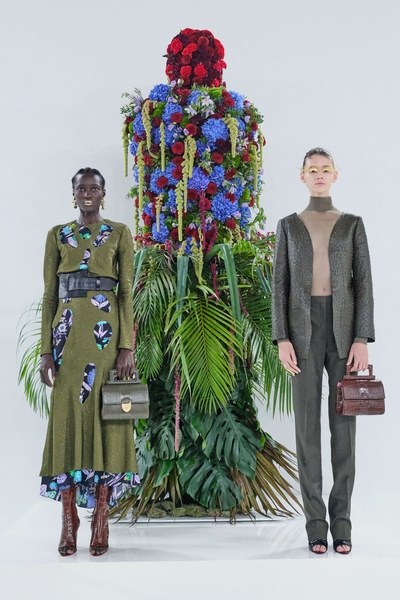
Schiaparelli, Spring/Summer 2020
© GoRunway.com
The most memorable effect was not in the clothes, but in the gilded make-up, as if painted on nose and lips, expressing with elegant accuracy the surrealism of ‘Schiap’.
At NINA RICCI by Rushemy Botter and Lisi Herrebrugh, the shower of water that fell like cooling summer rain down a glass screen running right through the show underscored the freshness of the clothes. The colours were a great draft of summer, from peony pink for a strapless dress and flowerpot hat, to lilac shirtdresses, yellow organza, and an even-more-orange top curving at the waist with matching skirt swinging below.
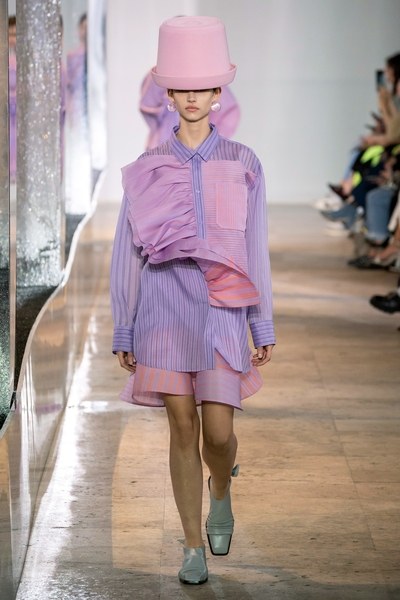
Nina Ricci, Spring/Summer 2020
© GoRunway.com
To the freshness of summer clothes was added an intriguingly cut shirt with a religious-looking collar. The main feeling was for crisp sculpted dresses that stood away from the body. Fresh was the key word. So was ‘quirky’, with the flowerpot shapes a bit of twisted wit.
It is 90 years since Jean PATOU created ‘Joy’ – one of the world’s most enduring fragrances. But now, with LVMH as backer, and joy in the air, the venerable brand has dropped the ‘Jean’ and started a fresh clothing line aimed, in price and attitude, at young – and not super-rich – women.
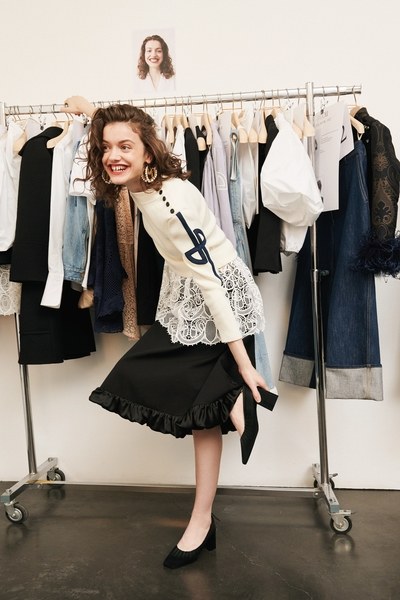
A model gets ready for the runway, backstage at Jean Patou, Spring/Summer 2020
© Kira Bunse / GoRunway.com
Creative Director Guillaume Henry went back to his Cardin days and made a collection that looked very French in a neat-and-tidy way, mixing an ultra-feminine lace top with mannish jeans or a plainer cotton blouse with a black A-line skirt. The Patou boutique that acts also as studio is now the brand’s home.
“When I started a year ago, there was no address – there weren’t even any machines… pens... needles from Jean Patou’s time. There was nothing left!“ the designer explained. “Now we have a team, a studio to work in, a collection and people who come to see it. We are very happy.“
With the furniture recycled and vintage and the fabrics organic, there is an intriguing sense of a past created from Guillaume’s view of the present. “It’s the same with the clothes; there’s no real history or theme,” he explained. “It’s really clothes that people want to wear – the idea of the wardrobe. We try to look for immediate beauty in things, with diverse influences.”
“Our Patou is made in Europe, mostly Central Europe, because I really wanted to dress my friends and we were conscious around the price point,” Guillaume continued. “The most expensive coats are around 950 euros; blouses and shirts around 300; dresses around 600 – a mid-range price, not so out of one’s reach. It was important for us to be transparent in how the garments are made and where the material comes from.”
“Which came first, the clothes or the bags?” I asked MULBERRY designer Johnny Coca, after seeing the display of plaid-check tailoring that drew attention away from – or perhaps harmoniously fitted in with – the company’s famous bags.
“To be honest, this season’s inspiration came more from the ready-to-wear,” he said. “I really like looking for ideas, to choose what I like, even pick some ingredients up on the street. I like checks in general, so I decided to make things strong and structured, even military, and let it drive the entire collection.
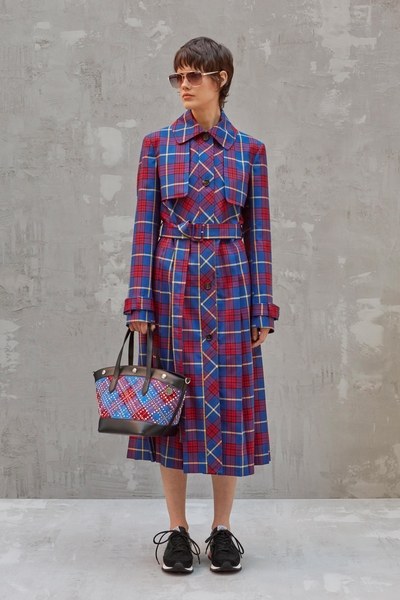
Mulberry, Spring/Summer 2020
© GoRunway.com
The secret of the Mulberry bags is their versatility, with the possibility for customers too choose from, for example, a range of 32 different handles. The allure of the bags is a given, but Johnny also focuses on shoes, giving them a sweet English garden appeal, with a lacy floral on pointy shoes.
When I asked about the colourful clothes, he replied, “I just love to have light fabric for summer – easy, tailored and fresh. Like all these like chequered pieces in bright red and blue and even a trench. I like to play with contrast.”
After the display by OLIVIER THEYSKENS of clothes so narrow that they looked almost like elongated drawings, rather than dressing the bodies of real women, I asked the designer about his exceptional skills at making cloth flow over the body. In this case, there were the wispy silhouettes, from tiny bra to platform shoes, and gentle exposure of flesh with small shorts.
When a couple of full-blown dresses appeared, with the cover-up effect of long-sleeved blouse with tiered skirt, it was a mild surprise. So were skinny trousers in lilac satin.
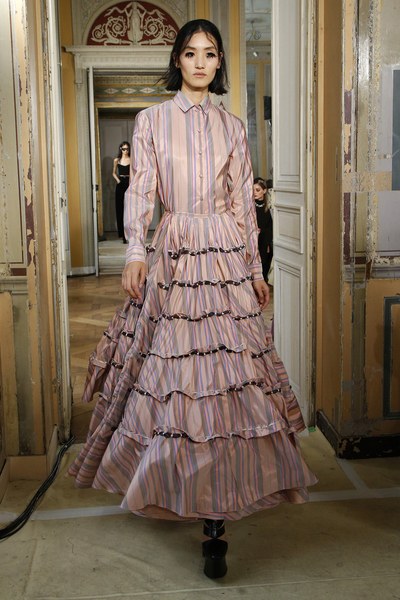
Olivier Theyskens, Spring/Summer 2020
© Estrop / Getty Images
After the up-and-down career of so many designers who try to go-it themselves rather than working for an established company, Theyskens is wisely taking small steps – even with those giant shoes.
“We are still a small business, it’s three years since we started, and I really am looking forward to the future and perhaps getting a partnership,” the designer said. “But for the moment, I have to say there is a magic to what we experience, so it’s great.”
Gentle knitting versus strict tailoring. Knit one, tailor one! That was the opening message from JOSEPH ALTUZARRA, as sleekly-shaped trouser suits were set off with hand-made sweaters or a similar piece of knitting worn with a slim, striped over-the-knee skirt.

Joseph Altuzarra Spring/Summer 2020
© GoRunway.com
The two elements, tailoring and hand-work, played a gentle game of male/ female, although the designer is too smart and modern to shriek out such an obvious message.
The lightly hippie side played out in a flurry of vivid coloured fabric swirling down to the floor. However, Altuzarra knows his New York home ground to the core, and would never forget clothes for work, while leaving just a little time for play.
Stripes, set at all angles, and occasionally dots in varied sizes, made for a modern and dynamic look. The Altuzarra show was also a reminder that the digital prints that overwhelmed fashion in the first decade of the 21st century are a trend that is more or less over for sophisticated designers.
The VIVIENNE WESTWOOD collection, brought together by ANDREAS KRONTHALER, was a tour de force of nature, starting with a giant fish hat balanced perilously on the model’s head. That object competed with the end offering: a wedding dress with a mountainous white hat, held up like an umbrella, and made from either couture tulle or plastic.
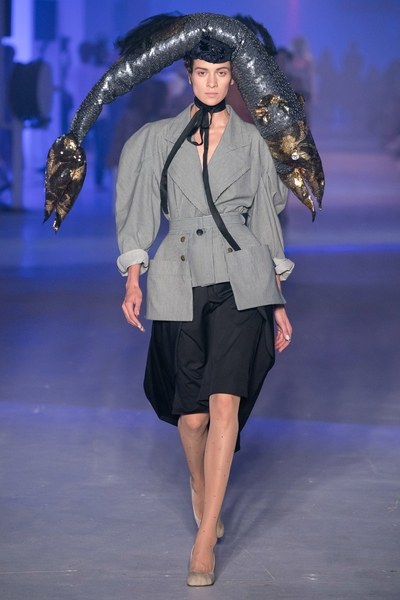
Andreas Kronthaler For Vivienne Westwood, Spring/Summer 2020
© GoRunway.com
These headpieces appeared with less remarkable, almost sporty clothes. Although there were also a flowing, ankle-length skirt with thigh-high splits and a soft white shirt sloping off one shoulder – both offering a frisson of sexiness for which the brand is famous.
New was the sense of Africa, in the decorative jewels, the vivid patterns and work done, according to Andreas, in Burkina Faso.
“I worked with people in Africa, making hand-painted fabrics. That little chequerboard is painted in,” Andreas said, explaining how he had worked carefully throughout the collection to use newly hand-made or re-made pieces.
“I have had to work so hard,” he continued, “because it’s a lot. Most of this fabric, you have to buy 100 metres of it. I didn’t do any printing, no dying, it’s just natural.”
Vivienne herself spoke out in praise for her partner, saying, “Not a stitch, not a minute was wasted – it was all in the show. We used everything and it cost nothing to the environment. And Andreas has done that for three seasons now.”
Not wanting to miss the opportunity of seeing the RAHUL MISHRA show but attending at that time the Condé Nast seminar on sustainability, my colleague Natasha Cowan kindly went to the show and then backstage to talk to the designer.
Working out of India, Rahul Mishra has been accepted by the Chambre Syndicale, French fashion’s leading trade body, to show in the ready-to-wear season. His dream is for his intricate Indian handwork to be accepted as part of Haute Couture.

Rahul Mishra takes a bow at his Spring/Summer 2020 show
© GoRunway.com
Rahul Mishra: I started working on this collection from March onwards, and because the time permitted, we were experimenting really heavily on creating shapes that happen through embroidery – not with tailoring or texture.
Natasha Cowan: I cannot believe the inside work of this coat. It’s like bougainvillea climbing up the inside, and when I see you open it, there are just little squares as all it took to keep it on.
RM: It’s a very simple coat – our normal long coat – and what the embroidery does is to create the texture and how it moves.
NC: I saw orange flowers and that you have a beautiful, black woven fabric. What’s the story with that weave?
RM: I’m trying to play with textures and shapes. One is obviously done with pleating, gathering all the volume; for another, it is the embroideries that create shape. But because I didn’t feel like something that takes days to develop on a landscape, I had a butterfly that takes only a day.
NC: Was the fabric woven in a different community?
RM: This is not a hand-woven fabric; it’s all textured and created with simple threads.
FASHIONSUZY MENKESSPRING/SUMMER 2020

